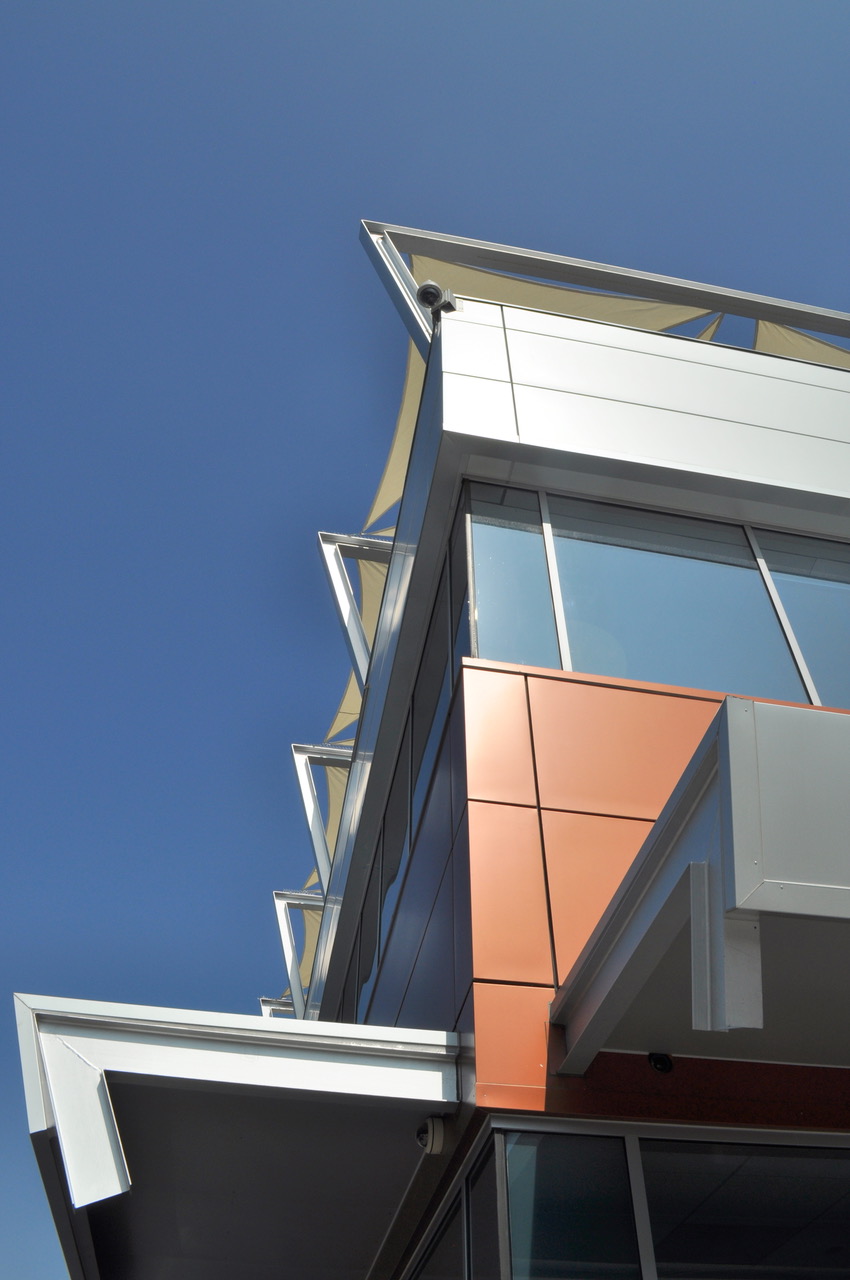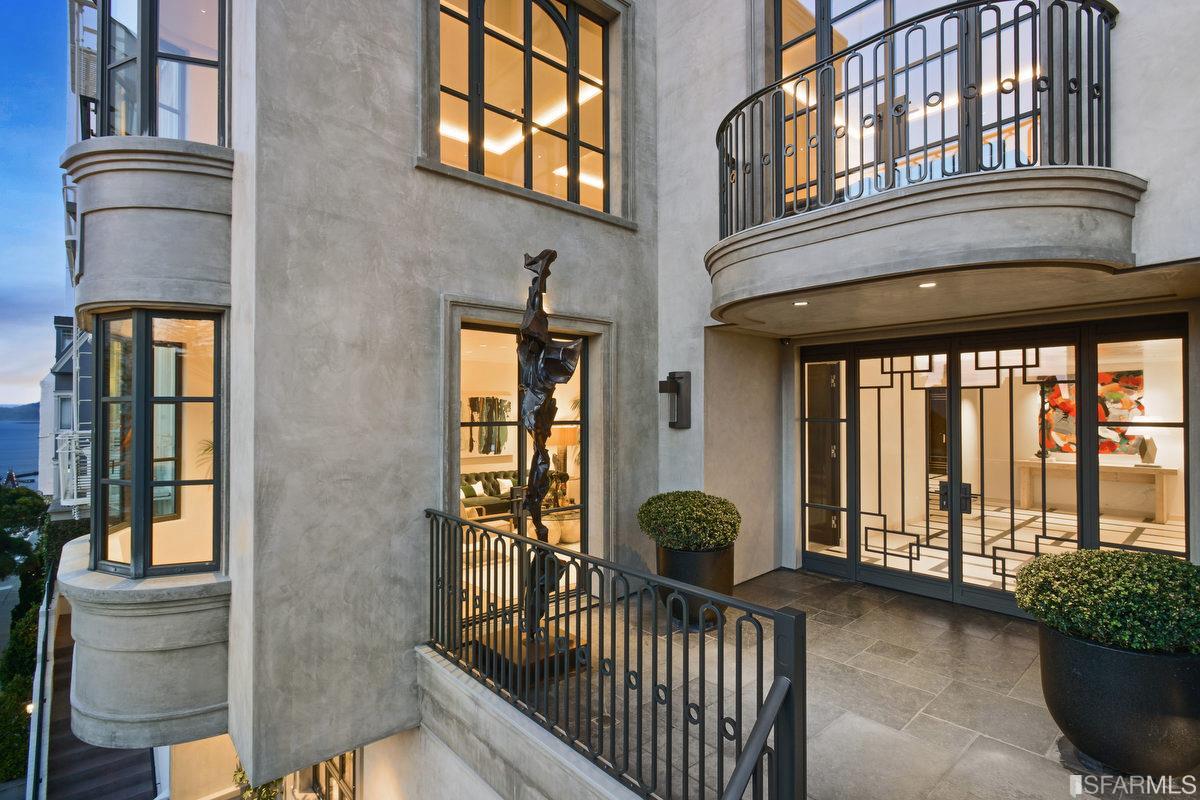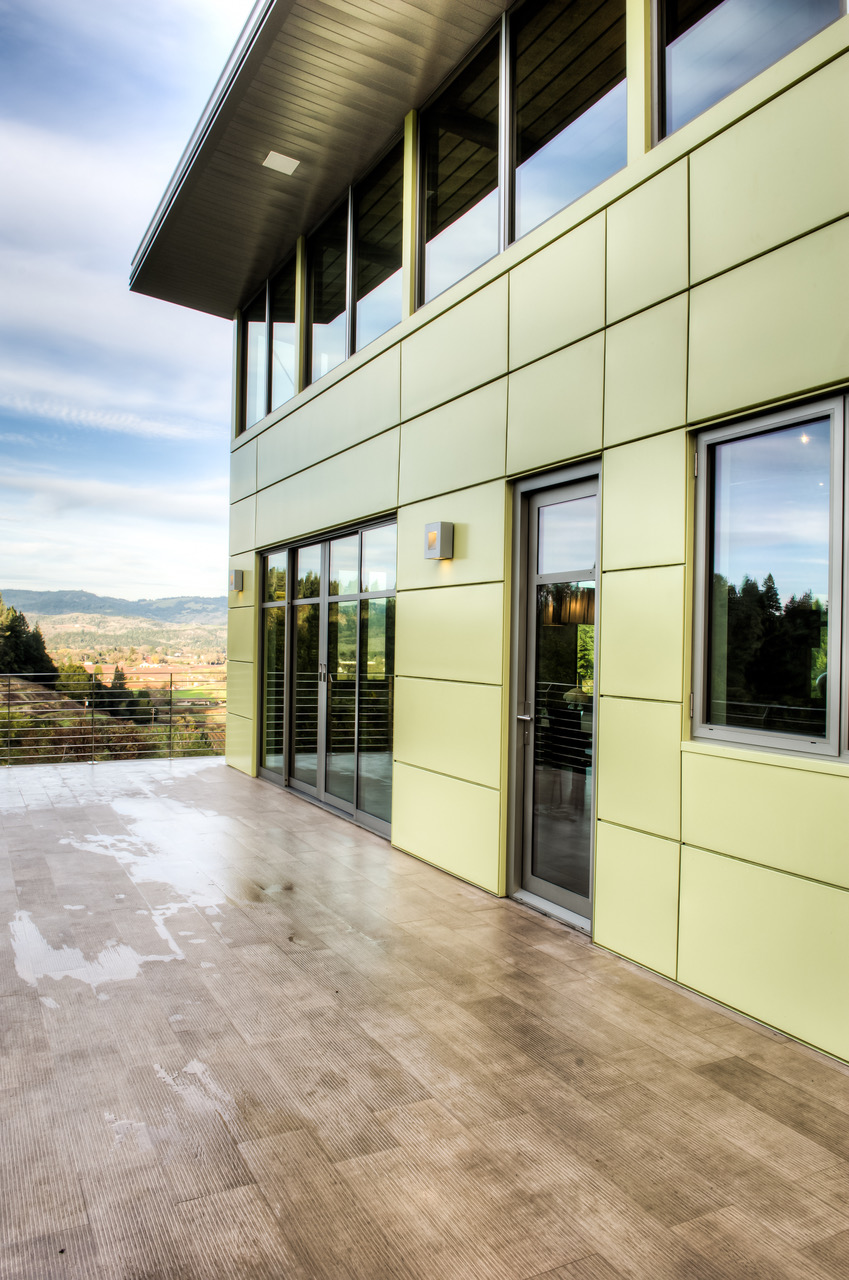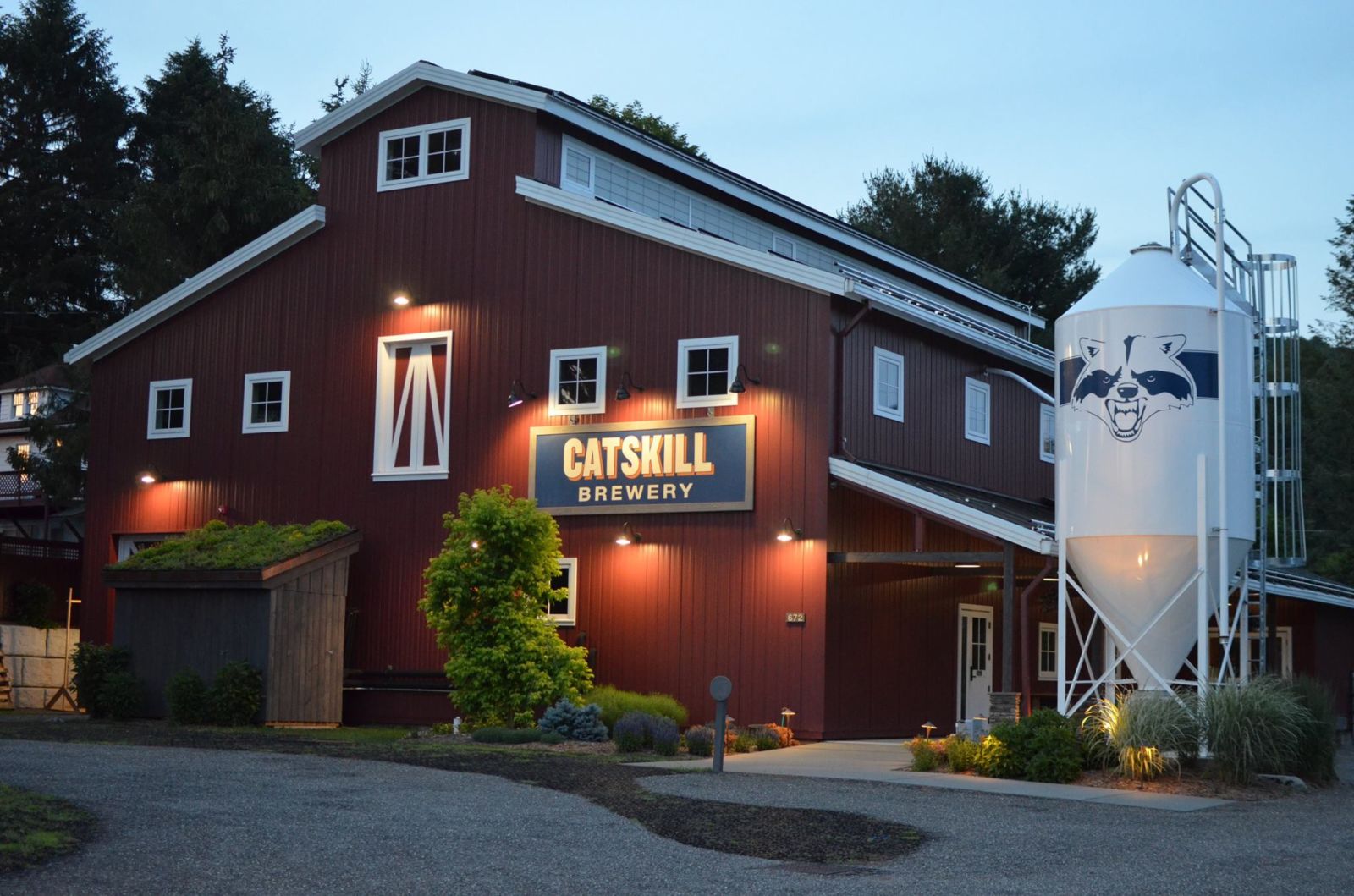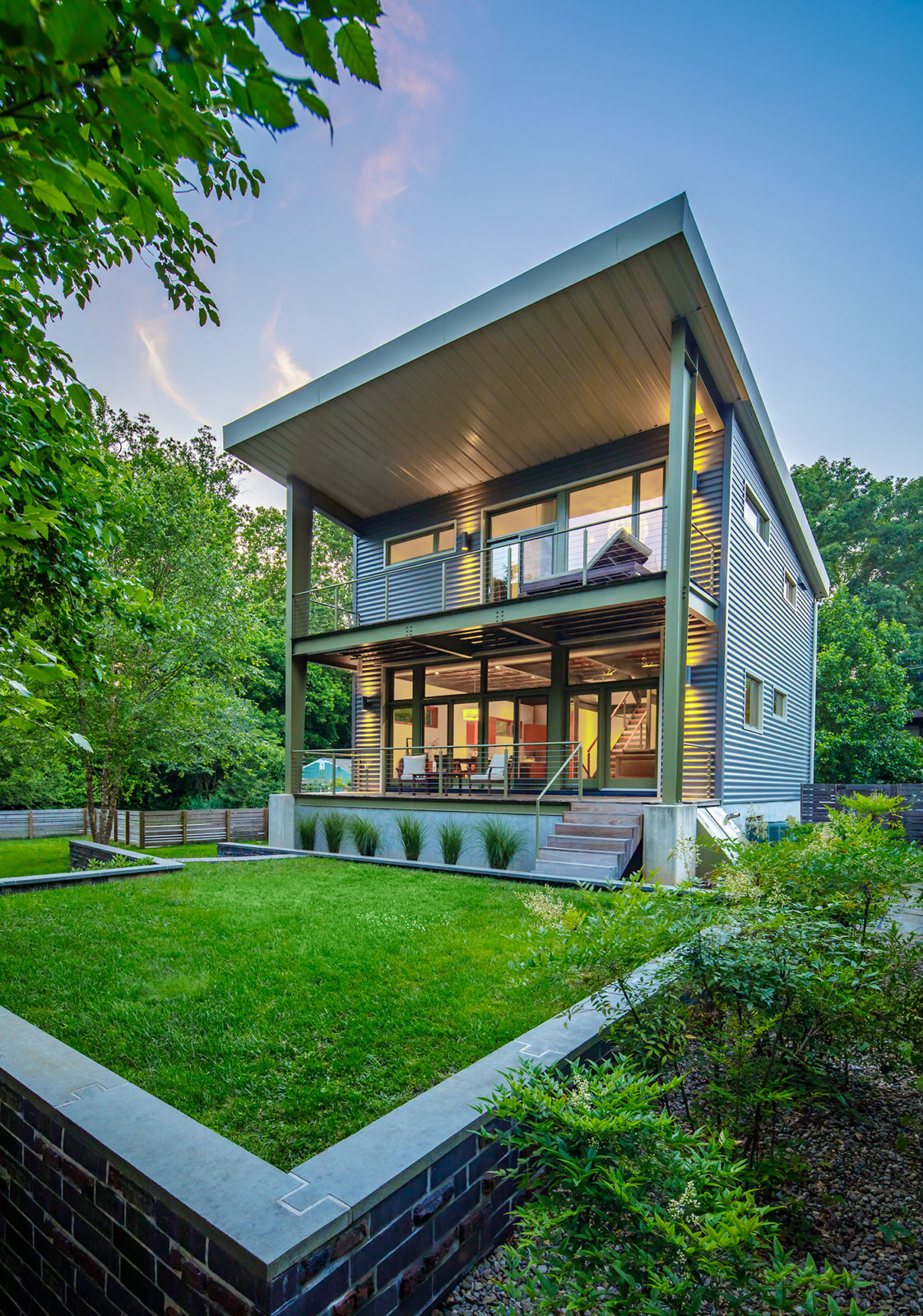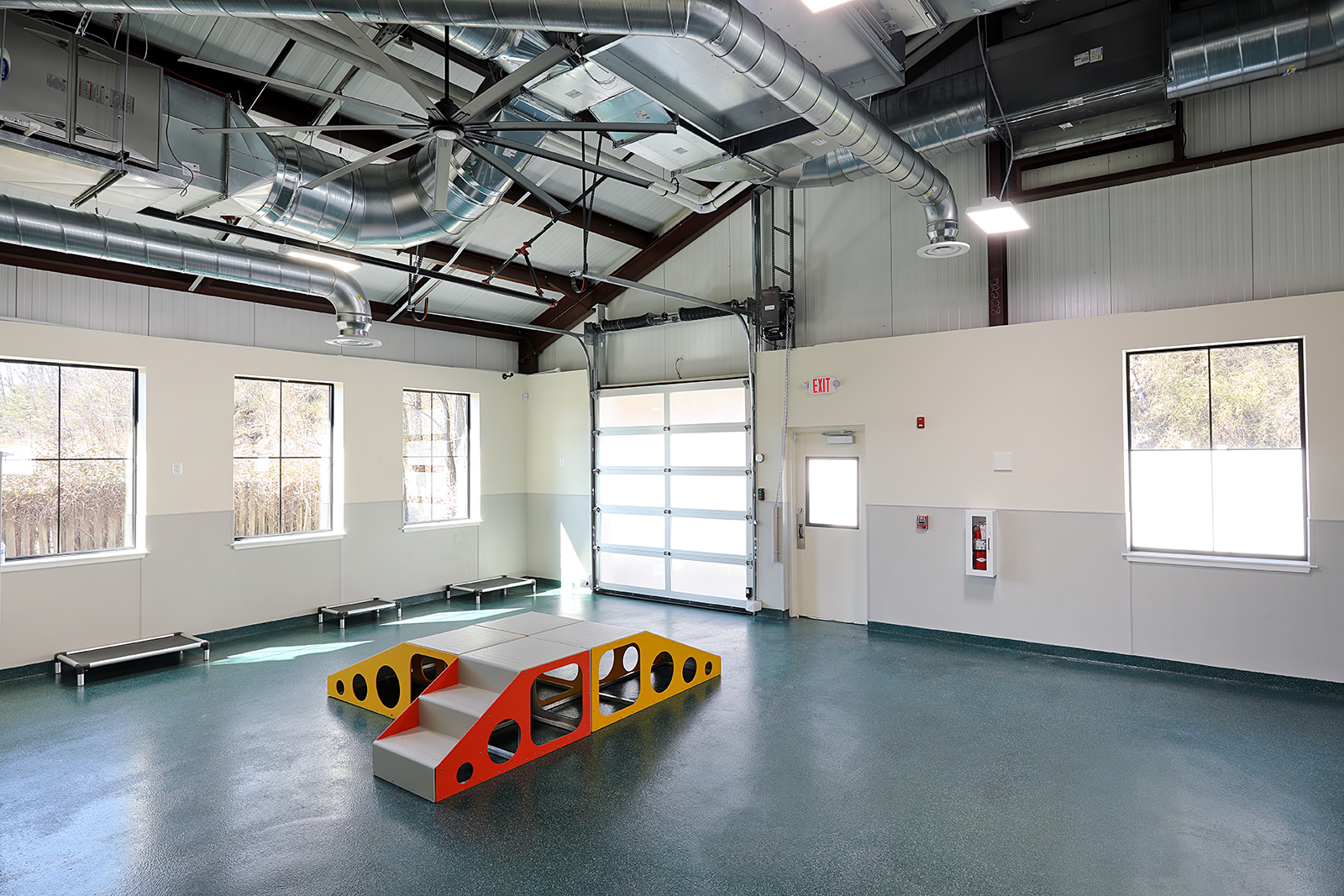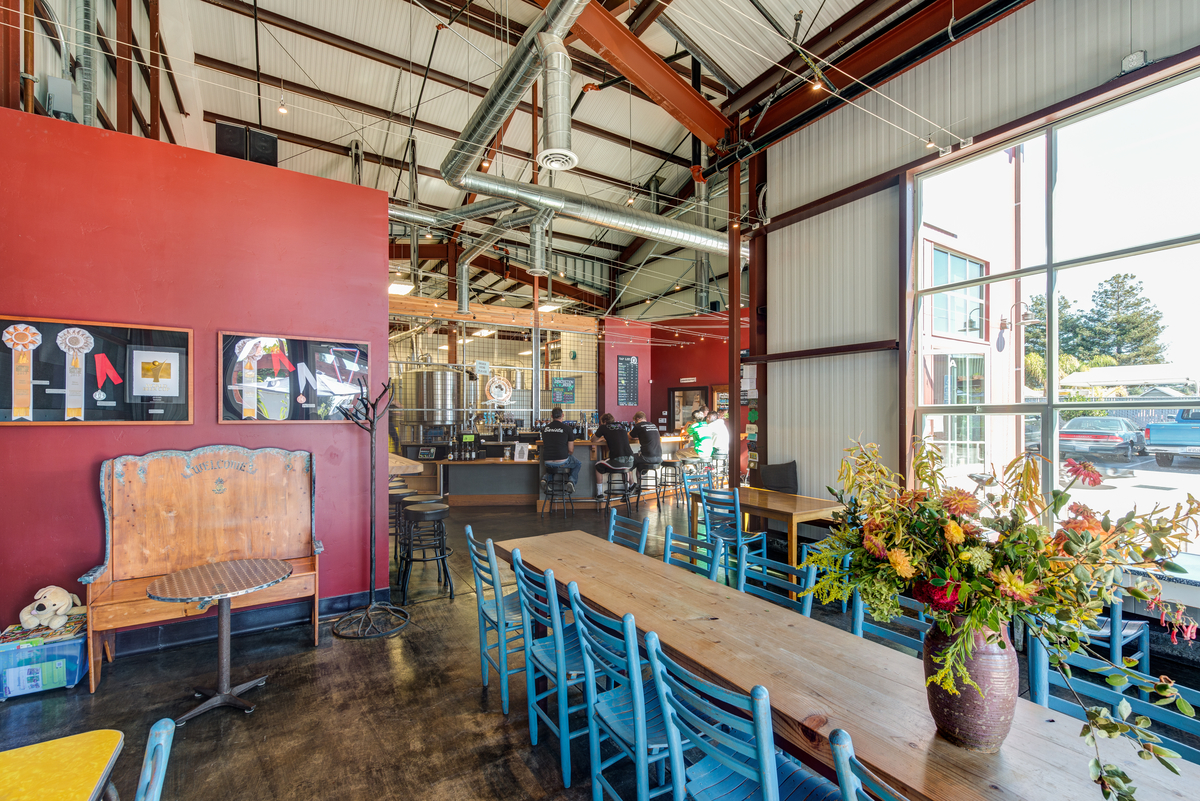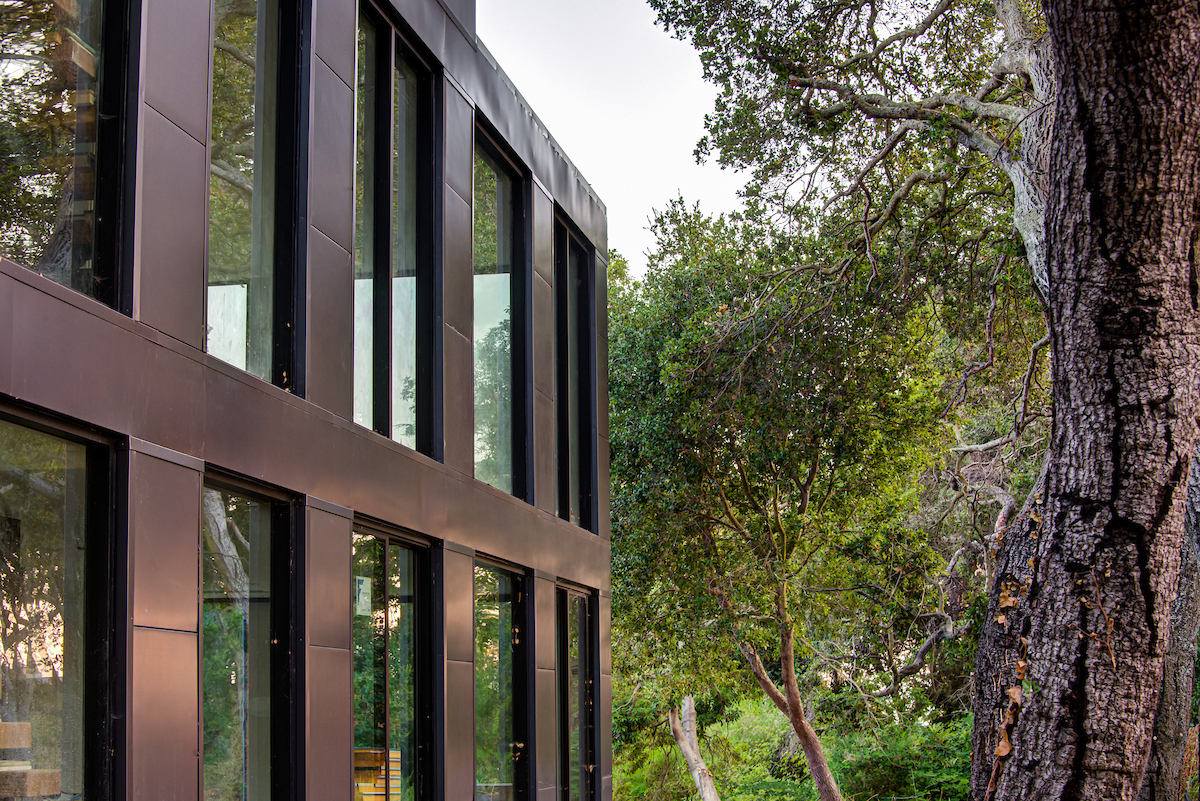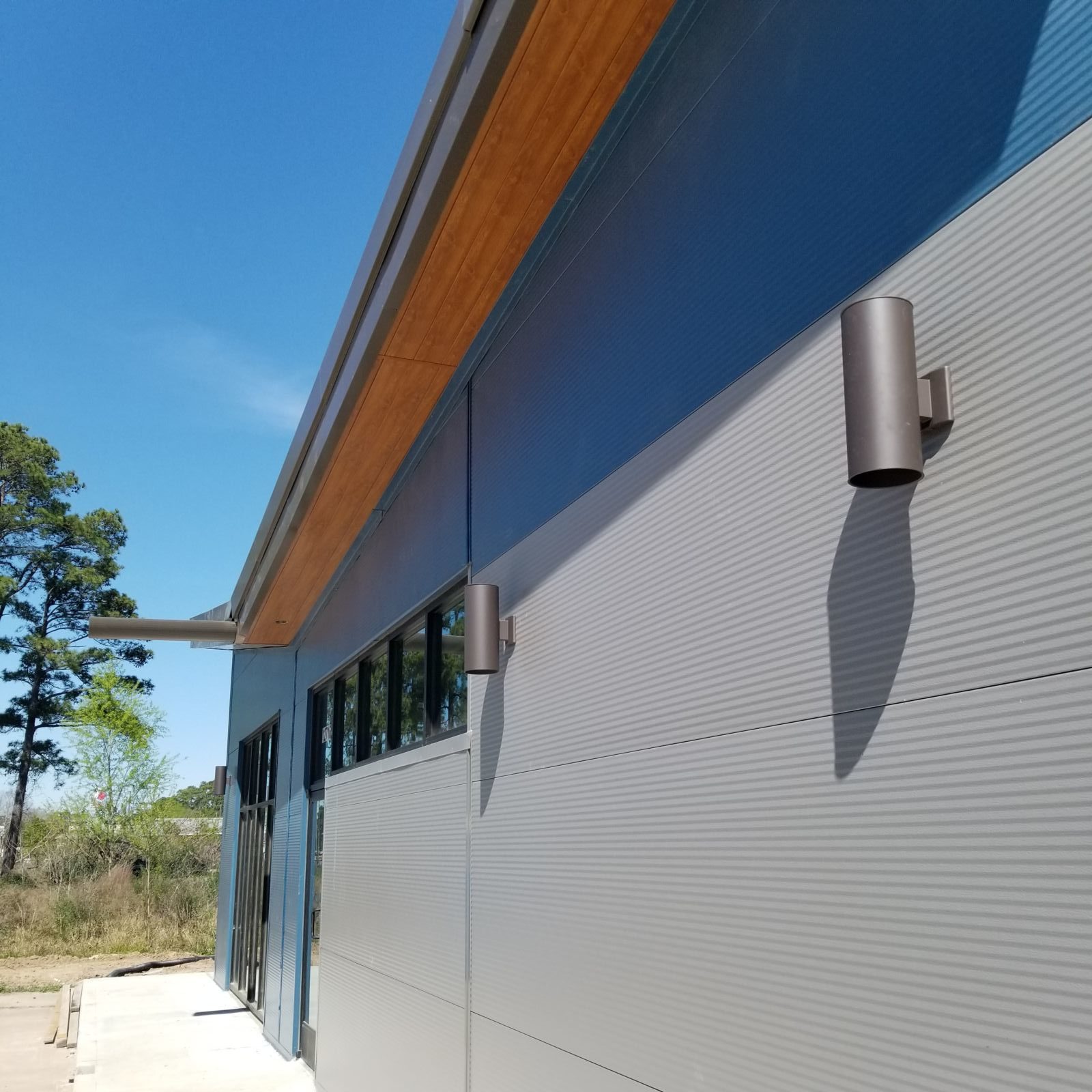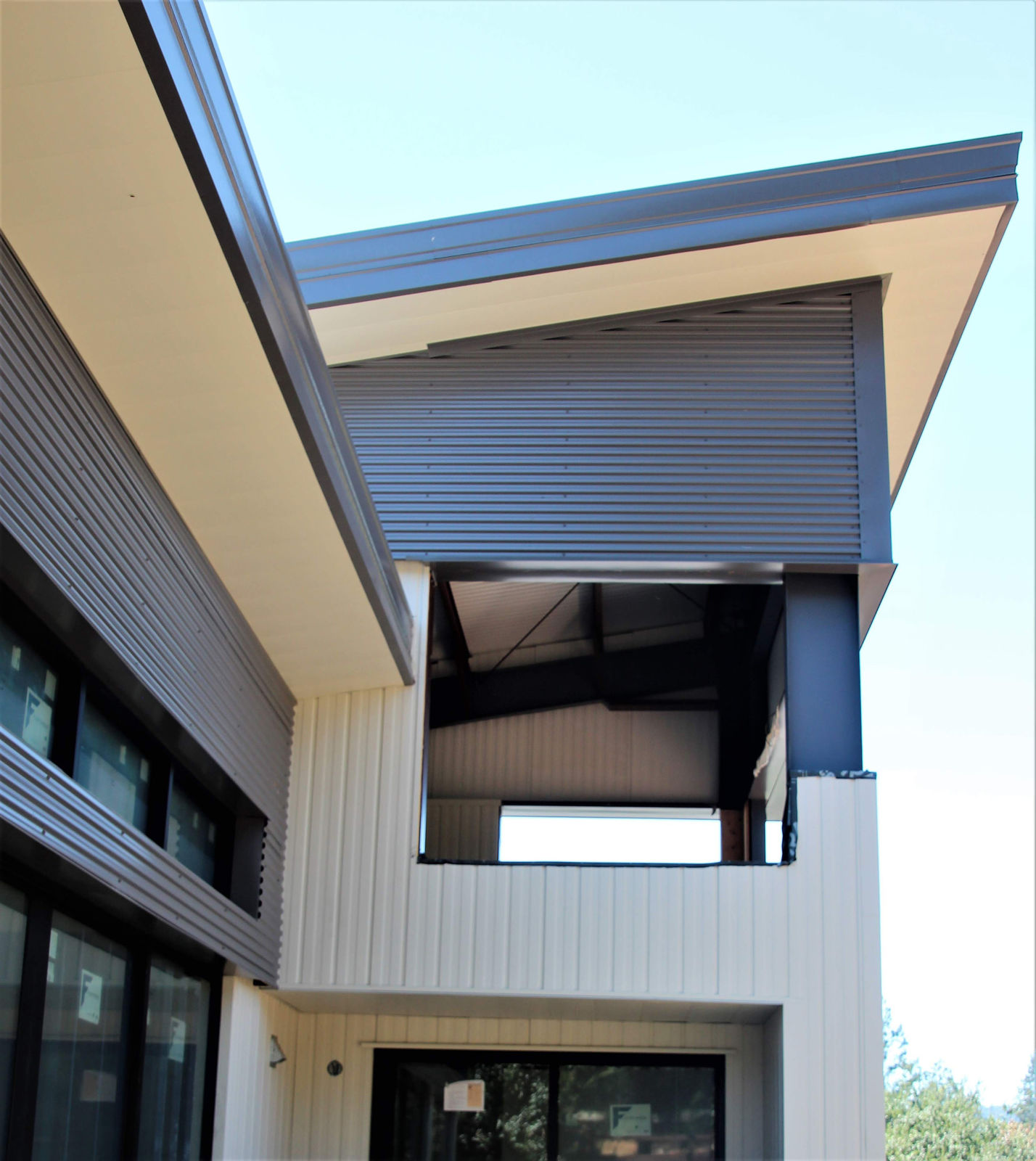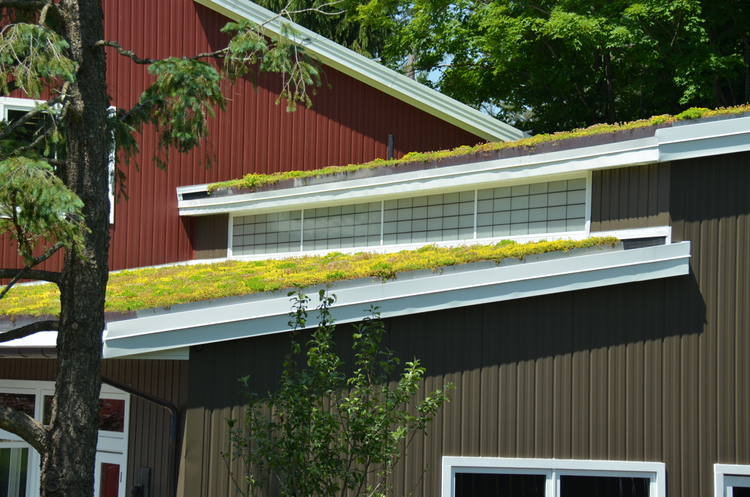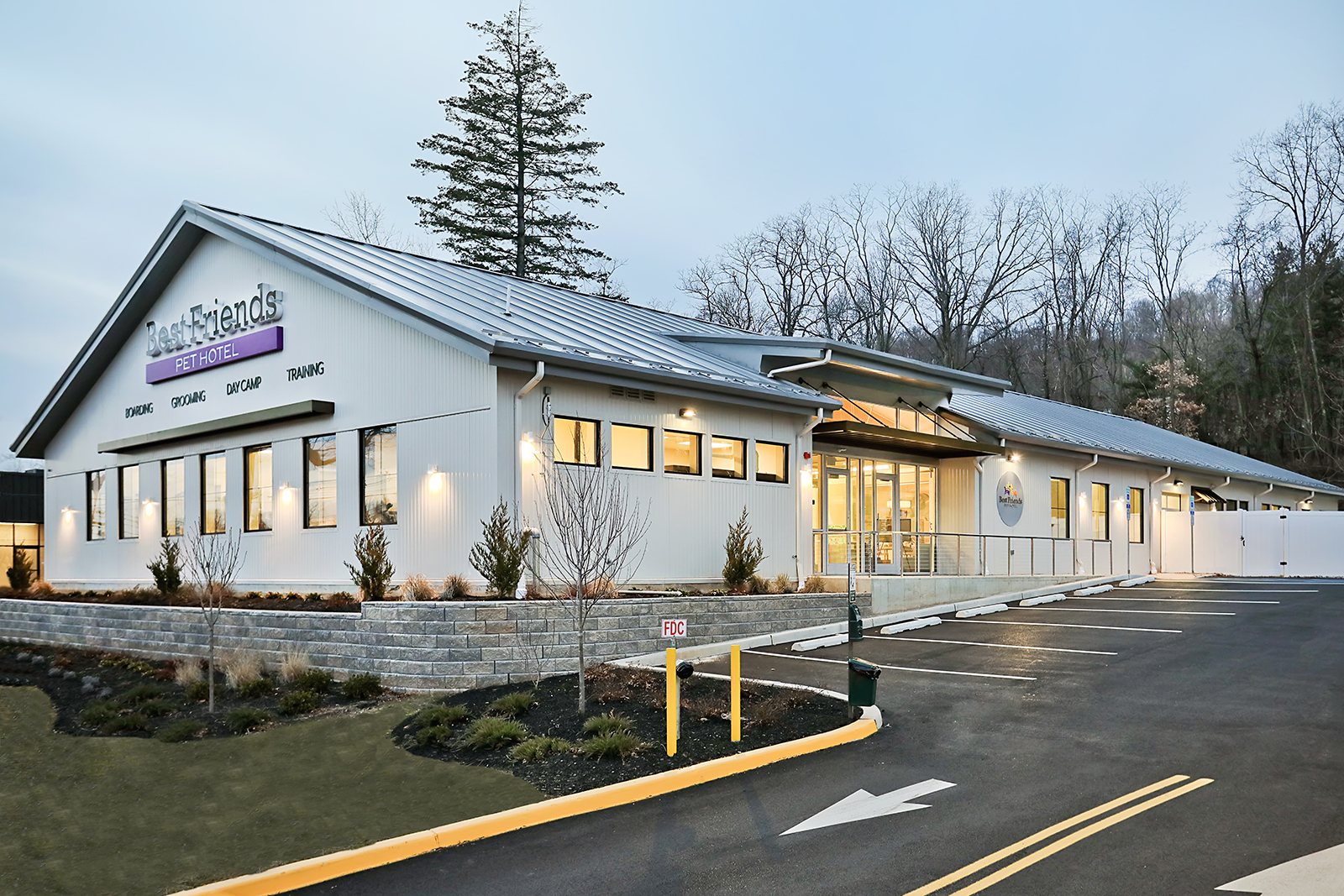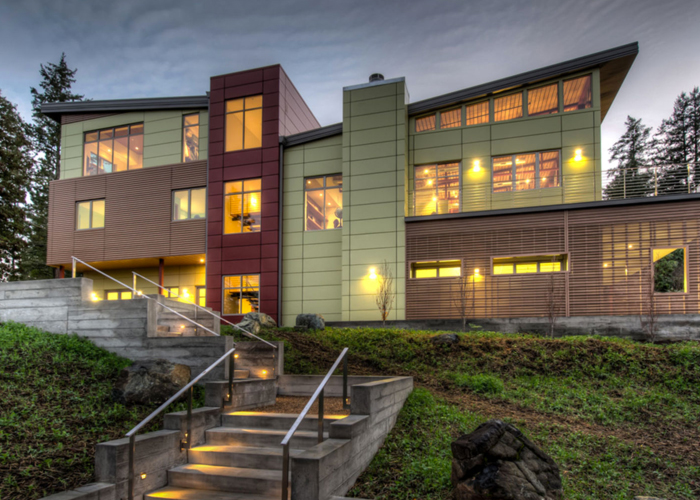Steel vs. Wood Framing: A Commercial Builder’s Guide to Choosing the Right Material
Choosing the right framing material is a critical decision for any commercial construction project. The structural integrity, cost-effectiveness, and long-term viability of your building all depend on it. When comparing steel vs wood framing, understanding the key differences is essential for making an informed choice that aligns with your project’s specific needs and budget. This comprehensive guide dives into the pros and cons of each material, equipping you with the knowledge to confidently decide which is best for your commercial development.
In the competitive world of commercial real estate, developers and builders are constantly seeking ways to optimize construction processes and maximize return on investment. The debate of steel vs wood framing is a long-standing one, and the answer isn’t always clear-cut. Factors such as building size, local building codes, environmental considerations, and budget constraints all play a crucial role in determining the ideal framing material. This article provides the key insights you need to evaluate these factors and make the best decision for your next commercial project.

Steel Framing: Strength, Durability, and Modern Appeal
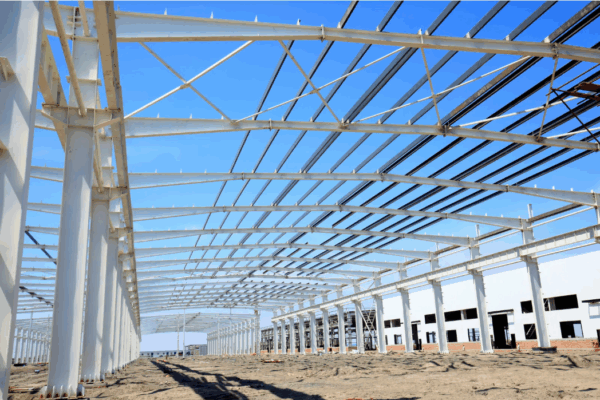
Steel framing offers numerous advantages, particularly for larger commercial structures. Its inherent strength and durability make it an excellent choice for buildings that require long spans, open floor plans, and resistance to extreme weather conditions. Steel is also non-combustible, providing superior fire resistance compared to wood.
Advantages of Steel Framing:
Superior Strength and Durability: Steel boasts a higher strength-to-weight ratio than wood, allowing for longer spans and greater design flexibility.
Fire Resistance: Steel is naturally fire-resistant, potentially lowering insurance costs and improving safety.
Pest and Rot Resistance: Unlike wood, steel is impervious to pests like termites and resistant to rot and decay.
Dimensional Stability: Steel doesn’t shrink, warp, or split like wood, ensuring consistent dimensions and reducing future maintenance.
Recyclability: Steel is a highly recyclable material, making it an environmentally conscious choice.
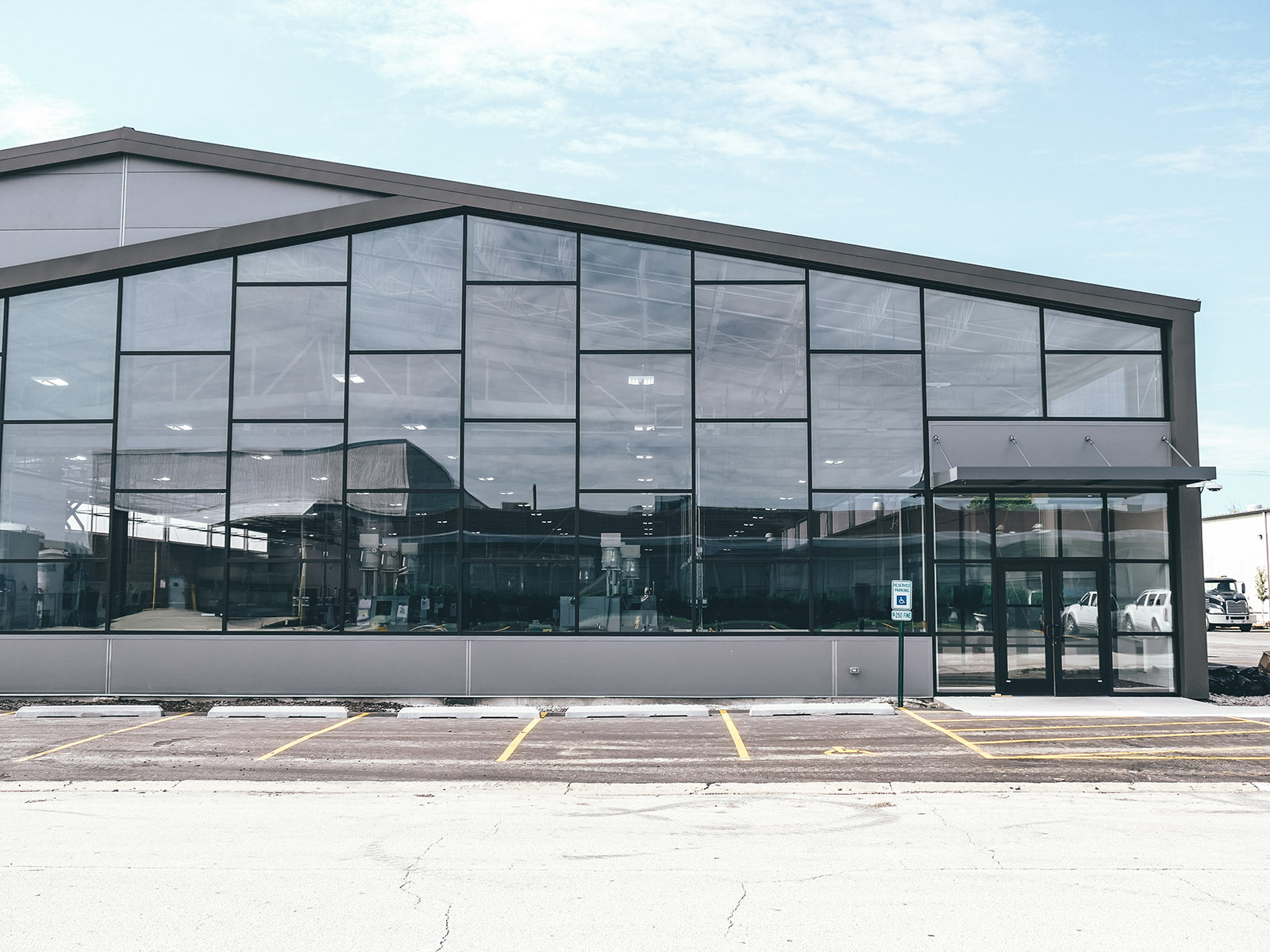
Wood Framing: Cost-Effectiveness and Traditional Construction

Wood framing remains a popular choice for many commercial projects, particularly smaller-scale buildings and developments. Its lower initial cost, ease of installation, and widespread availability make it an attractive option for builders looking to control expenses.
Advantages of Wood Framing:
Lower Initial Cost: Wood framing typically has a lower upfront material cost compared to steel.
Ease of Installation: Wood is relatively easy to work with, requiring less specialized tools and labor.
Widespread Availability: Wood is readily available in most regions, simplifying procurement and logistics.
Thermal Efficiency: Wood can offer better thermal insulation properties than steel, potentially reducing energy costs.
Familiarity: Many contractors and builders have extensive experience working with wood, making it a comfortable and familiar choice.
Considerations for Choosing Between Steel and Wood Framing

The decision between steel vs wood framing ultimately depends on the specific requirements of your commercial project. Consider the following factors:
Building Size and Complexity: Larger and more complex structures often benefit from the strength and design flexibility of steel framing.
Budget Constraints: Wood framing can be a more cost-effective option for smaller projects with limited budgets.
Local Building Codes: Building codes may influence the choice of framing material based on fire resistance and structural requirements.
Environmental Considerations: Both steel and wood have environmental impacts; consider factors like recyclability and sustainable sourcing.
Long-Term Maintenance Costs: Steel framing generally requires less maintenance over the long term due to its resistance to pests, rot, and decay.
What are the cost differences between steel and wood framing for commercial buildings in the US?
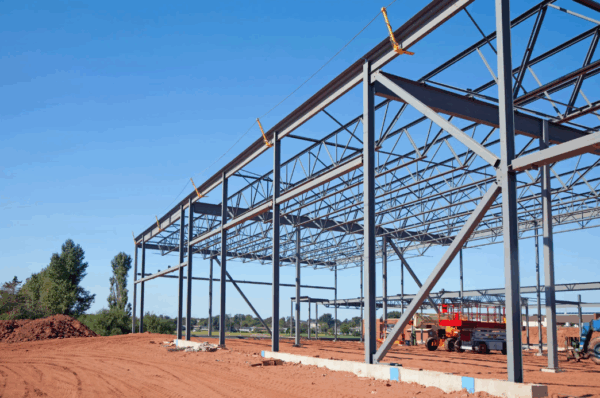
The initial material cost for wood framing is generally lower than steel framing in the US. However, the overall project cost should be considered, factoring in labor, foundation requirements (steel often requires a stronger foundation), and potential long-term maintenance costs. Labor costs can fluctuate based on the region and the availability of skilled workers for each material.
Which framing material, steel or wood, offers better fire resistance for commercial construction in the US?
Steel offers significantly better fire resistance compared to wood. Steel is a non-combustible material, while wood is combustible and requires fire-retardant treatments to meet certain building codes. This inherent fire resistance can lead to lower insurance premiums for steel-framed buildings.
What are the long-term maintenance costs associated with steel versus wood framing in US commercial real estate?
Steel framing typically has lower long-term maintenance costs than wood framing. Steel is resistant to pests, rot, and decay, reducing the need for repairs and replacements. Wood framing, on the other hand, is susceptible to these issues and may require periodic treatments and repairs, particularly in areas with high humidity or termite activity.
How does steel vs wood framing impact project timelines for commercial developments in the US?
Project timelines can vary depending on several factors, including the size and complexity of the project, the availability of skilled labor, and the efficiency of the construction process. Steel framing can potentially shorten construction timelines due to its pre-fabrication capabilities and faster erection process. However, wood framing might be faster for simpler designs due to its ease of installation.
𝗠𝗮𝗸𝗲 𝘁𝗵𝗲 𝗥𝗶𝗴𝗵𝘁 𝗖𝗵𝗼𝗶𝗰𝗲 𝗳𝗼𝗿 𝗬𝗼𝘂𝗿 𝗖𝗼𝗺𝗺𝗲𝗿𝗰𝗶𝗮𝗹 𝗣𝗿𝗼𝗷𝗲𝗰𝘁
Choosing between steel vs wood framing requires careful consideration of your project’s specific needs and priorities. By understanding the advantages and disadvantages of each material, you can make an informed decision that optimizes cost-effectiveness, durability, and long-term value.


WHY ECOSTEEL?
EcoSteel building systems come in a variety of shapes and sizes, but at their core they all utilize a custom engineered structural steel frame and a high-performance insulated shell. From sub-zero temperatures to dry heat or high humidity, Mother Nature continually tests the limits of building envelopes. While our insulated wall panels are a popular option, sometimes they are substituted or combined with masonry, stone, pre-cast or tilt-up concrete, wood, glass or other architectural wall treatments. The versatility and flexibility of our building systems allows for a myriad of colors, shapes, textures and designs. Today’s building projects require the perfect combination of energy efficiency, creative versatility, and reduced construction cost.
